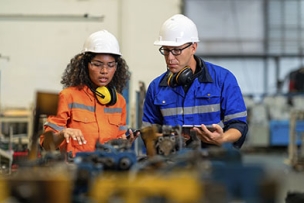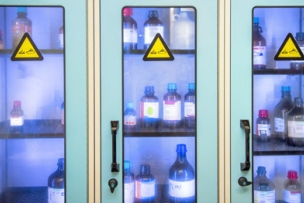With the adoption of PtD, a plant safety team can design for potential hazards, but it might require increasing your team’s skill sets and emphasizing sustainability.
Prevention through Design is not a new program or concept. The National Institute for Occupational Safety and Health launched its PtD initiative more than a decade ago to help businesses across industries design in safety—build it in.
“Eliminating hazards and minimizing risks during the design, redesign and retrofit of facilities, work processes and equipment may ultimately save money and, more critically, will protect workers,” NIOSH noted when it launched its national initiative.
In recent years, NIOSH has expanded the effort to focus on sustainability and green jobs, and it has promoted weaving PtD into lean manufacturing and Six Sigma methodologies. It also succeeded in getting the American National Standards Institute to establish a PtD standard, Z590.3, which clearly notes the connection to a more sustainable workplace.
“One of the key elements of this standard is that it provides guidance for ‘life-cycle’ assessments and a design model that balances environmental and occupational safety and health goals over the life span of a facility, process or product,” NIOSH noted.
To Embrace PtD, Think About the Skill Set of Your Team
One of the reasons that PtD adoption drives the expansion of green-related jobs is that the ability to design processes for the shop floor and to design in elements that address sustainability and lean manufacturing requires new knowledge.
“A true green industry should integrate health and safety into its building design, procurement, operations, maintenance sourcing and waste management,” notes Energy Management magazine. “Moving towards a green economy implies setting higher standards for environmental protection, and incorporating workers’ safety and health should be an integral part of the sustainability strategy.”
Additionally, planning and using PtD methodology requires risk assessment skills. Can the team evaluate the processes and practices against a PtD backdrop and define the potential hazards and risks? Can workers assess the potential environmental impact associated with those hazards?
“Beyond organizational commitment and provision of resources, successful implementation and maintenance rest significantly on the availability of effective expertise in facilitating hazard analysis and risk assessment,” says David W. Wilbanks, an assistant professor of occupational safety and health at Murray State University, in Professional Safety.
“Success is not merely contingent on personnel who know and understand appropriate analysis and assessment techniques, but on those who master such techniques along with other soft skills so that they may be performed well,” he adds.
Creating a safety culture can be hard. Learn how rPlanet Earth did it as a startup.
Prevention Through Design Benefits Outweigh Investment in Training
There are clearly benefits, notes Wayne Christensen, a safety consultant, in Safety+Health magazine. It’s particularly important when a business has to make any adjustments in its facility. PtD can benefit any industry that uses costly retrofitting to protect the safety of its workers, he says.
Mike Toole, dean of the College of Engineering at the University of Toledo, shared six benefits of the approach that can help drive revenue:
- Reduced site hazards
- Fewer worker injuries and fatalities
- Reduced workers’ compensation premiums
- Increased productivity and quality
- Fewer delays from accidents
- Improved operations and maintenance safety
Need help in getting your workers to attend training? Maybe they need to know about “microlearning.” Read about it in “How Microlearning Can Improve Safety Training Retention.”





Talk to Us!
Leave a reply
Your email address will not be published. Required fields are marked *